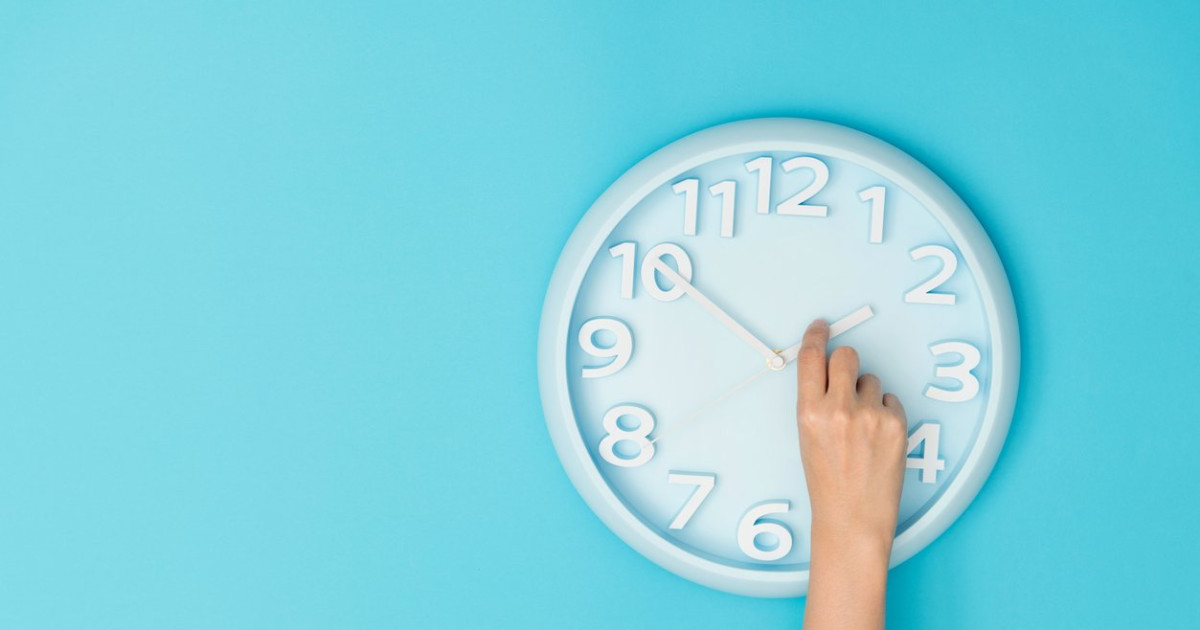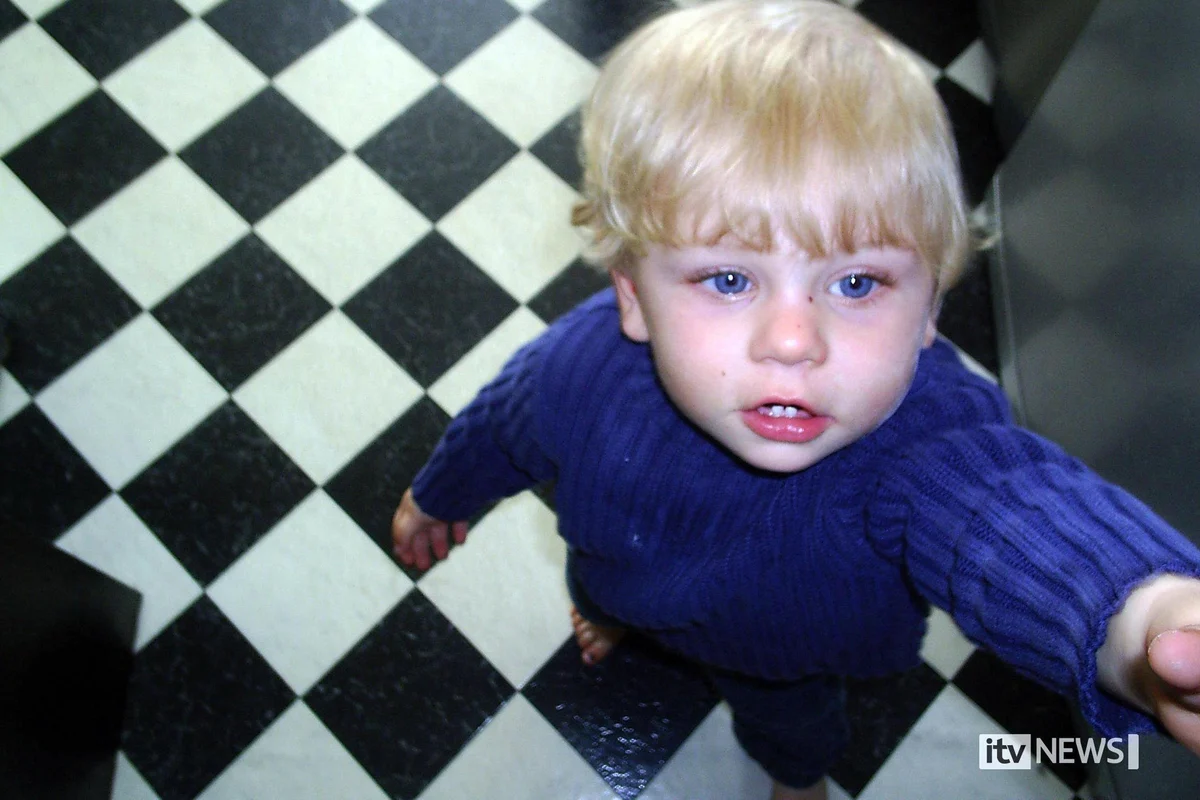Copyright Parade

Daylight saving time is one of the most polarizing ideas ever. Whether you’re a fan of springing ahead or falling back, the changes to your waking and sleep schedules take some serious adjusting. Whether you love the extra sunlight or shun it in favor of more time in bed, get the scoop on daylight saving. Why does it exist? When does daylight saving time start and end? And what’s going on with the Sunshine Protection Act of 2023? Also, find out why some people like the time change—and why others claim it’s actually pretty awful. Related: Out Like a Light—We’ve Got the Best 130 Sleep Quotes Before You Go Catch Some Z’s! When Does Daylight Saving Time 2025 Start? Daylight Saving Time started on Sunday, March 9, 2025, at 2 a.m. local time. This is when we experienced a “spring forward” as clocks moved up an hour. When Does Daylight Saving 2025 End? Daylight Saving Time will end at 2:00 a.m. on Sunday, November 2, 2025. At this time, clocks will “fall back” an hour. However, if the Sunshine Protection Act of 2023 ever gets passed, our clocks will remain in daylight saving time permanently. It was first introduced to Congress in March 2023 but has remained idle ever since (more about that later!). Related: 180 ‘Good Morning’ Quotes To Start Your Day—Rise & Shine! What Is the History and Origins of Daylight Saving Time? Contrary to popular belief, daylight saving time didn’t originate as a service to farmers—it was actually a method first used in Germany and Britain in World War I to save fuel; however, farmers argued it made their lives more difficult because they had less time to bring their crops and products to markets. Later proponents said that daylight savings made Americans spend more money because they were more likely to go shopping after work if it was still light outside. “Golf ball sales skyrocketed during daylight saving time,” Michael Downing, author of Spring Forward: The Annual Madness of Daylight Saving Time, told Time. “Baseball is a huge early supporter, too, because there’s no artificial illumination of parks, so to get school kids and workers to ball games with the extended daylight, they have a later start time.” However, other industries, like movie theaters, said it hurt their bottom lines because people are less likely to go into a dark theater when it’s bright outside. Eventually, it became a problem when some cities observed daylight saving time while others didn’t. As a result, in 1966, President Lyndon B. Johnson signed the Uniform Time Act, declaring six months with daylight saving time and six months without, and individual states could opt in or out depending on their constituents’ needs to avoid confusion between municipalities. Seven years later, President Richard Nixon called for permanent daylight saving time to cope with the fuel embargo, but it didn’t last long, and it went back to lasting six months per year. In 1986, daylight savings was upped to seven months, and in 2005 to eight. All that said, it’s debatable whether or not daylight saving time actually saves energy or fuel, with some locations reporting that it increases energy use. 🎬 SIGN UP for Parade’s Daily newsletter to get the latest pop culture news & celebrity interviews delivered right to your inbox 🎬 Do You Get More Sleep on Daylight Saving Day? It depends. When daylight saving time ends in November, you may get an extra hour of sleep (depending on your sleep schedule). Why? Because clocks will “turn back” overnight. In March, though, most people will feel like they’ve lost an hour of sleep once daylight saving time begins. Why Do We Still Have Daylight Saving Time? With all the fuss and potential drawbacks, why do we still have daylight saving time? According to the United States Department of Transportation, daylight saving time saves energy because people use fewer lights in their homes and spend more time outdoors. It also correlates with fewer traffic accidents and injuries, as more people are commuting during daylight. There is even a reduction in crime rates because of increased daylight. Related: Is 7 Hours of Sleep Enough? Experts Share the Truth What States Don’t Observe Daylight Saving Time? Hawaii and most (but not all) of Arizona do not observe daylight saving time. Other United States territories, including American Samoa, Guam, the Northern Mariana Islands, Puerto Rico and the Virgin Islands, also don’t. In 2018, California and Florida opted to permanently switch to daylight saving time, but legally, Congress has to authorize such a move. So far, that hasn’t happened. What Are the Negative Effects of Daylight Saving Time? Daylight saving time can mess with your body’s circadian rhythms, which can have other detrimental effects on your physical and mental health. “Jet lag happens because circadian rhythms adapt sluggishly to time zone changes. When you travel across time zones, the body’s circadian clock adjusts in a day or two to the new cycle of local light-and-dark. But in the case of daylight saving time (DST), clock time changes while the dark-light cycle doesn’t,” Richard E. Cytowic, MD, MFA, professor of neurology at George Washington University, explained to Psychology Today. “The result is a discrepancy between your biological clock and the social clock, with a number of untoward consequences.” Those consequences can be scary: The American Academy of Sleep Medicine found that more than half of adults felt “drained” and “inefficient” following the switch to daylight saving time, and six studies found a 5% to 15% increased risk of heart attack in the days immediately following the switch to daylight savings, with a nearly 25% increase alone on the first day of the time change. There are also upticks in traffic accidents, emergency room visits, suicide attempts and patients suffering from depression. What Would Happen if We Got Rid of Daylight Saving? If we eliminated daylight saving time, people would have a reduced chance of cardiac episodes, reduced risk of strokes, economic boosts (companies wouldn’t have to adjust their schedules) and reduced risk of auto accidents. However, people who practice certain religions may have difficulty with the change if they need to attend prayer services at sunrise and still get to work at a certain time. Related: These 35 Funny Sleep Memes Cover Insomnia, Naps and That Dreaded Alarm Clock Why Do People Want Permanent Daylight Saving Time? Former Utah Senator Orrin Hatch is among the proponents of making daylight saving time permanent. In an opinion piece for Time, Hatch made the following argument: “Each year, we see higher rates of depression associated with less exposure to sunlight; higher energy consumption across the country; higher traffic fatalities with more Americans driving in the dark; higher incidence of crime; and a steep decline in retail sales with fewer consumers willing to shop at night,” he wrote. “Why do we do this to ourselves? Why do we observe a time change that ultimately hurts small businesses and makes life more difficult for individuals struggling with anxiety and depression? Our economy is on the ropes, and the number of Americans reporting mental illness has reached record levels. So why would we change our clocks this November, knowing it will only make the situation worse?” Will Daylight Saving Time Be Eliminated in 2025? There’s some understandable confusion about daylight saving time these days, especially after there was so much talk about the first Sunshine Protection Act passing (unanimously!) in the Senate back in March 2022. If the bill had passed, daylight saving would have become permanent on Nov. 5, 2023. However, the bill did not pass, and we have continued the “spring forward” and “fall back” cycle ever since. If the new version of the bill ever gets passed, we won’t need to switch clocks anymore, but that’s not the case yet. How Can I Get a Healthy Amount of Sleep With Daylight Saving Time? There are steps you can take to keep daylight saving time from disrupting your sleep patterns and circadian rhythms. Experts recommend adjusting your sleep schedule in 15-minute increments in the days leading up to daylight saving time changes.



